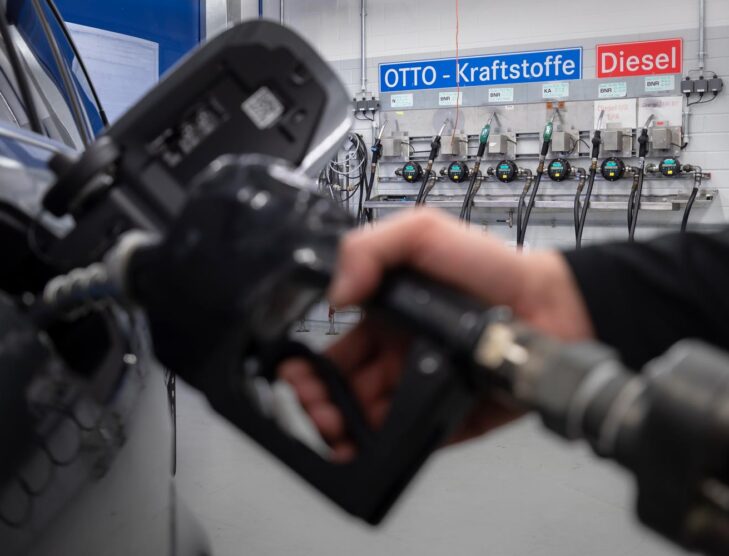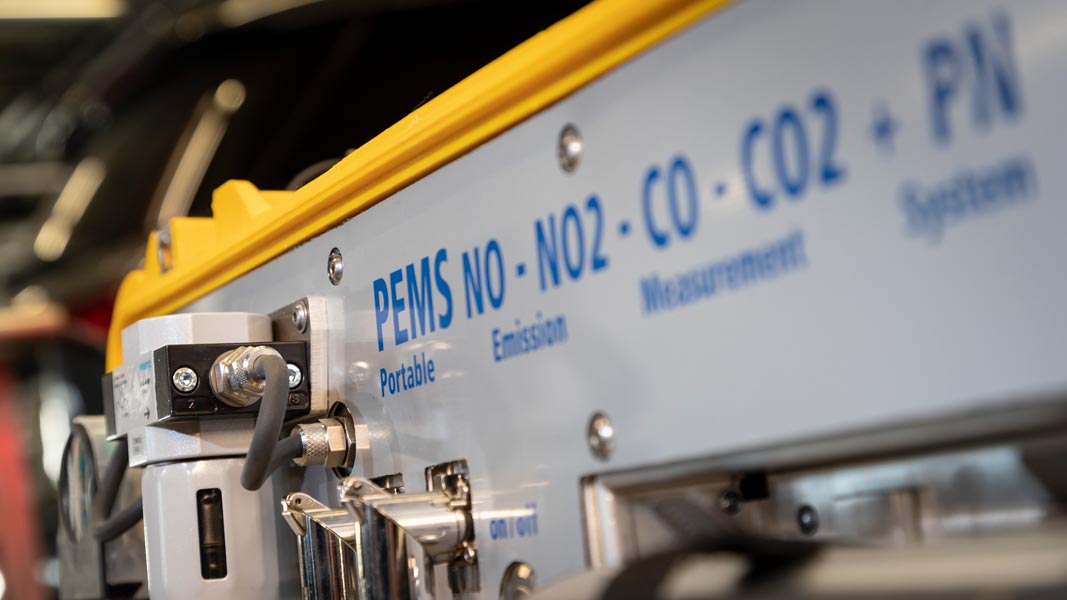
Petrol and diesel – unfit for 2030?
The internal combustion engine (ICE) has dominated car innovation for over a century. During this time, a deeply personal relationship has formed between driver and machine. Perhaps it is the intoxicating smell of exhaust fumes, the gentle hum of the engine on the open road, or maybe the opportunity to get “under the hood.” Whatever the attraction, the ICE has been a great friend to many, arguably rivalling the family pooch for the title of “man’s best friend.” However, in Europe at least, the reign of the ICE is coming to a close, though some believe elimination of the popular engine technology is premature.
On June 24, 2021, the European Parliament formally approved the European Climate Law. The climate law legislates the European Union’s (EU) climate neutral ambitions and includes the binding target of a 55% reduction in net greenhouse gas emissions by 2030, compared to 1990 levels. There is no turning back now, as Europe looks to assert global leadership in the battle against climate change.
Fast forward a few weeks, and the European Commission released its “Fit for 55” climate policy package—the proposed roadmap to achieving Europe’s immediate climate goals. On July 14, the Commission published a sweeping package of 12 legislative proposals on various climate protection areas that aim to deliver greenhouse gas (GHG) reductions over the next nine years. “Europe was the first continent to declare to be climate neutral in 2050, and now we are the very first ones to put a concrete roadmap on the table,” says European Commission President Ursula von der Leyen.
Announcement of the “Fit for 55” policy package looks like the beginning of the end for petrol and diesel vehicles. New carbon dioxide requirements will tighten the current fleet average target of 95 g CO2/km, which was phased-in in 2020, with analysts suggesting the targets favour electric vehicles (EV) at the expense of ICE and hybrid vehicles. Proposals also include an increase in the price of fossil fuels. “The fossil fuel economy has reached its limits. We want to leave the next generation a healthy planet as well as good jobs and growth that does not hurt our nature,” says von der Leyen.
The proposals are certain to be vigorously debated by individual member states. Ultimately, discussions on GHG reductions and the phase-out period for the ICE could be needless as the “Fit for 55” proposals also include the abolition of petrol and diesel cars from 2035. In just 14 years, only electric or hydrogen-powered vehicles will be manufactured and sold in Europe.
A consensus on the 2035 date was achieved within the European Commission, but not before reports of a “heated dispute” on carbon dioxide requirements a matter of hours before the presentation of the climate policy. As it stands, timings are subject to a reservation that they can be adjusted if there is no way manufacturers can achieve them—a seemingly unlikely scenario.
In recent years, the powerful lobby group of auto manufacturers has splintered somewhat. Volkswagen, the world’s second largest automaker in 2020 with 9.3 million sales, has announced its intention to quickly transition to 100% electric vehicles. Though, you could argue their hand was forced following fallout from the 2015 “dieselgate” scandal. On the other hand, a recent report released by Transport and Environment, entitled “Promises, but no plans,” labelled efforts by several manufacturers on electric vehicles, including BMW, Daimler, and Toyota, as “unambitious” due to an overreliance on hybrid ICE vehicles.
Still, a ban on the ICE has drawn the ire of many industry stakeholders. Previously, the path to net-zero emissions was viewed as a technology-neutral one. The European Automobile Manufacturers Association (ACEA) is the main lobbying and standards group of the automobile industry in Europe. Initial reaction from ACEA, via a statement on their website, says banning single technology is “not a rational way forward at this stage—especially when Europe is still struggling to get the right enabling conditions in place for alternatively-powered vehicles.” ACEA President and CEO of BMW, Oliver Zipse, urged all EU institutes to “focus on innovation rather than mandating, or effectively banning, a specific technology.”
ACEA, which supports the EU goal of climate neutrality by 2050, suggests the proposed carbon dioxide reduction target for cars of 55% by 2030 is “very challenging.” A corresponding binding target for member states to build up the required charging and refuelling infrastructure is necessary, Zipse suggests. The current proposal includes the deployment of 3.5 million charging points by 2030. ACEA has voiced concerns that this volume is insufficient to fuel the necessary growth in electrification.

Ralf Diemer, executive director of the eFuel Alliance, an organisation that advocates for climate-neutral renewable fuels, is also critical of the European Commission’s proposals. In a statement, Diemer described the climate package as a “missed opportunity” to make European climate policy fit for the future.
As it stands, “combustion engines with eFuels are de facto excluded from regulation, because they are treated like fossil combustion engines,” says Diemer. The eFuels Alliance highlighted the need to increase the share of renewable energies in the transport sector, calling for a sub-target of 5% for hydrogen and eFuels for all sectors by 2030 to drive demand. “The goal we all share is to reduce carbon dioxide in the atmosphere,” says the Head of strategy and content at the eFuel Alliance, Tobias Block. “Fossil fuels, not propulsion technologies, must be banned,” he says.
The comprehensive and interconnected set of proposals in “Fit for 55” also includes revisions to the European carbon market including the creation of a second emissions trading scheme for transport and buildings. Almost all sectors will now pay directly for the carbon they produce including shipping, aviation, transport, and buildings. The initiative has been met with strong opposition.
Another contentious proposal is the implementation of a Cross Border Adjustment Mechanism (CBAM), which will no doubt shake up global trade. CBAM presents a pricing mechanism for certain imports from countries with weaker climate protection measures. “Fit For 55” also includes a focus on driving the increased use of renewable energy.
There is no denying that it is hard to please everyone. The Commission’s Executive Vice President Frans Timmermans admits the difficulty of curtailing our fossil fuel reliance. Several analysts have highlighted the risk that the cost of decarbonisation will fall unfairly on the poor. A Social Climate Fund will be established with the new taxes, which Timmermans suggests will provide support for EU citizens affected by the green transition and will help address some concerns around inequity.
For the EU legislation to come into force, both the European Parliament and the Council of Ministers need to discuss and approve them.







